Weekly Tech Recap - № 222 - Raspberry Pi 4, AI at Walmart, hidden selfie camera, Apple/Drive.ai, Bill Gates
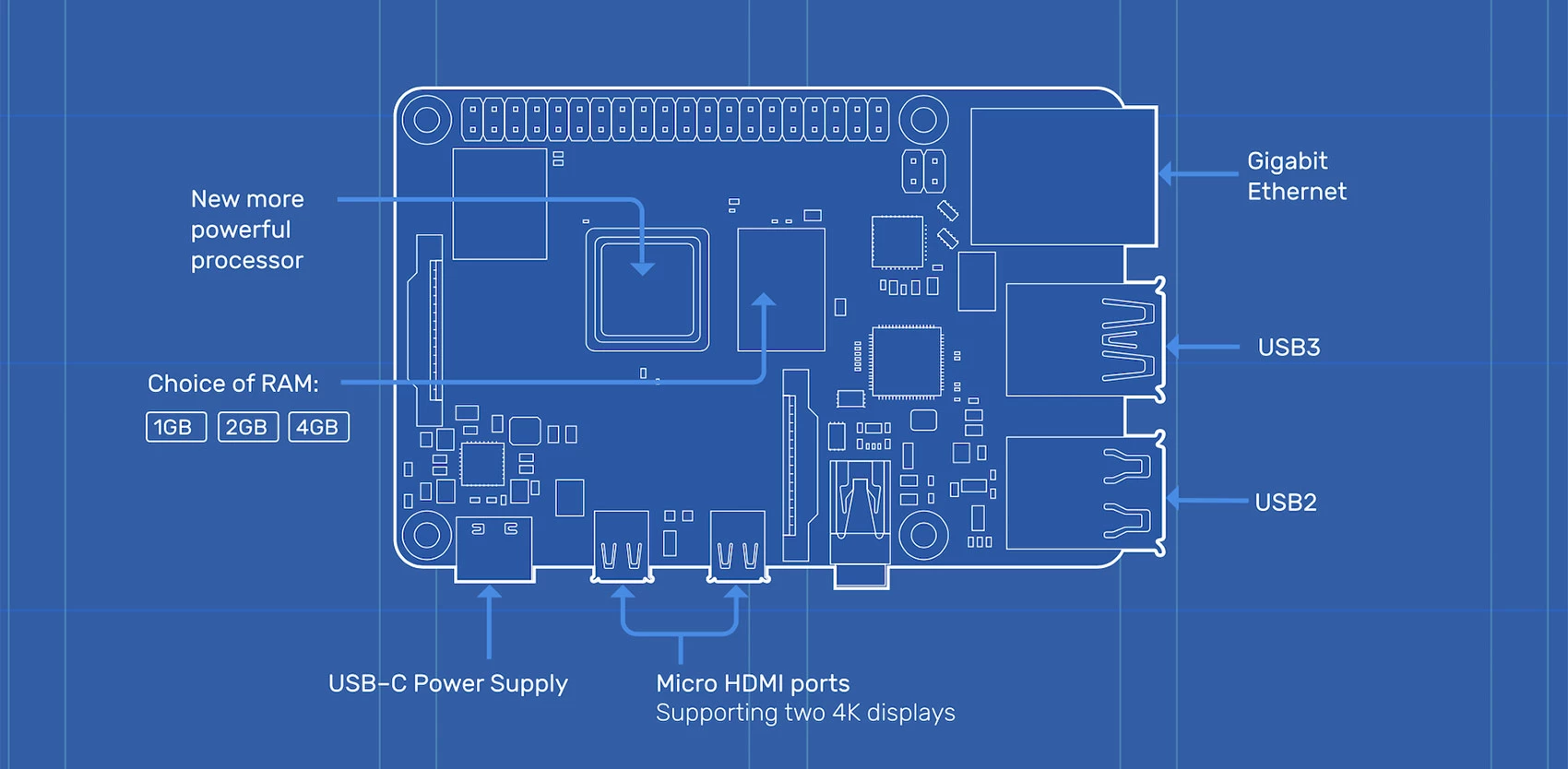
Raspberry Pi 4
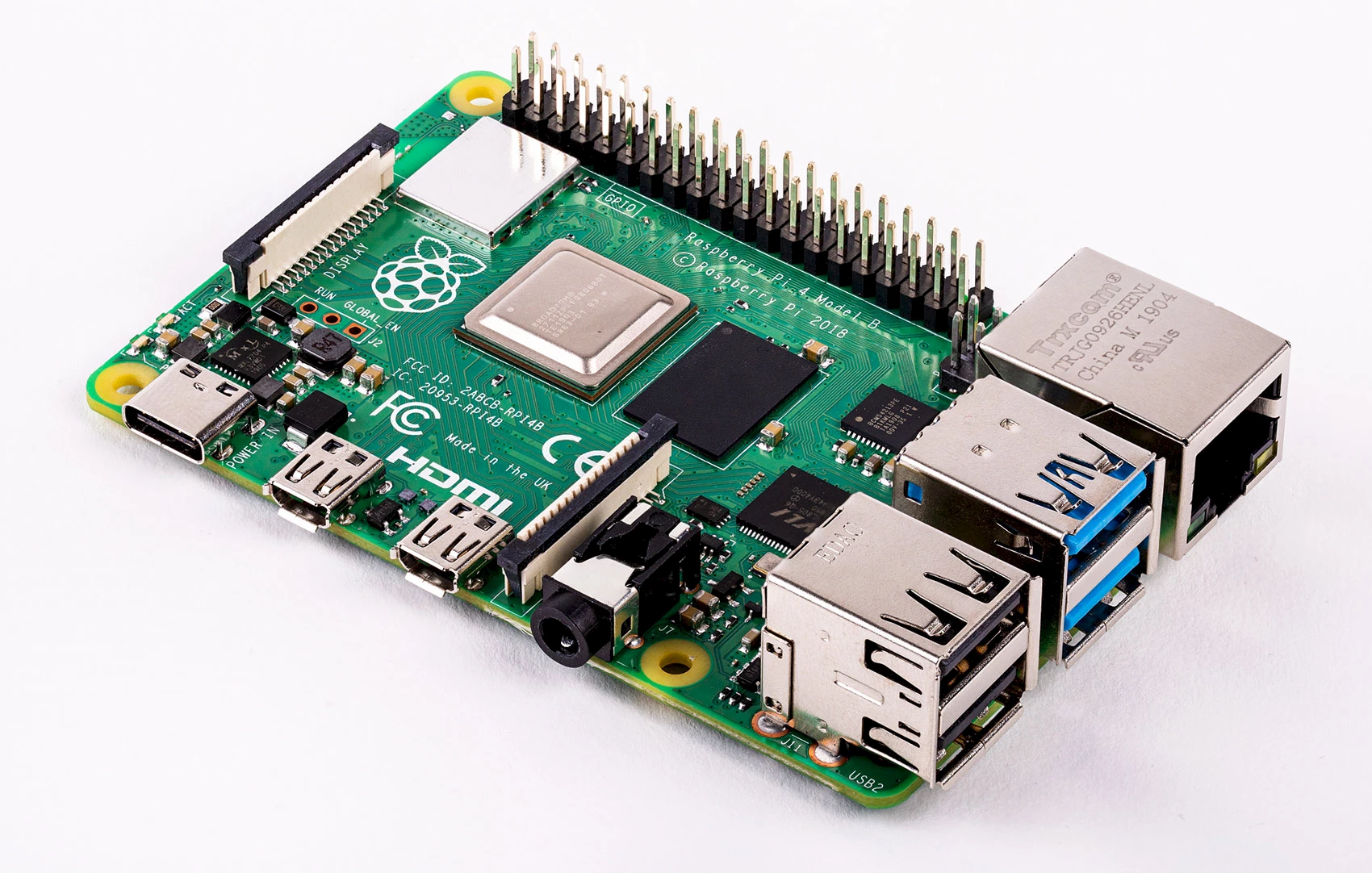
Raspberry Pi 4 Model B. © The Raspberry Pi Foundation.
The Raspberry Foundation unveiled a major new upgrade of its miniature computer. While the new Pi 4 Model B keeps the dimensions and entry-level price of its predecessor (USD35), it is three times as powerful, thanks to its 1.5GHz quad-core ARM Cortex-A72 SoC (Broadcom BCM2711). The basic model has 1GB of RAM, but a 2GB (+USD10) and 4GB (+USD20) variant are also offered. New to this version are two USB 3.0 ports and dual 4K monitor support (2 type-D HDMI connectors) via a Broadcom VideoCore VI 500MHz GPU. The power connector is now USB-C (instead of USB micro-B), since the new SoC is more power-hungry. You can purchase a new power supply (5V/3A, USD8) or a micro B USB to USB C adapter (USD1) if you want to re-use a Pi 3 power supply. The new OS is based on Debian 10 Buster. Of note, many Python libraries and other packages are not compatible with the new OS (yet?). For USD140 (CAD160 at BuyaPi.ca), you can get the Raspberry Pi 4 Desktop Kit, which includes a 4GB Model B Pi 4, a keyboard, a mouse, 2 micro HDMI/Standard HDMI cables, a power source, a case, a 16GB microSD card with the Raspbian OS (NOOBS) and, of course, the paper version of the Official Raspberry Pi Beginner’s Guide.
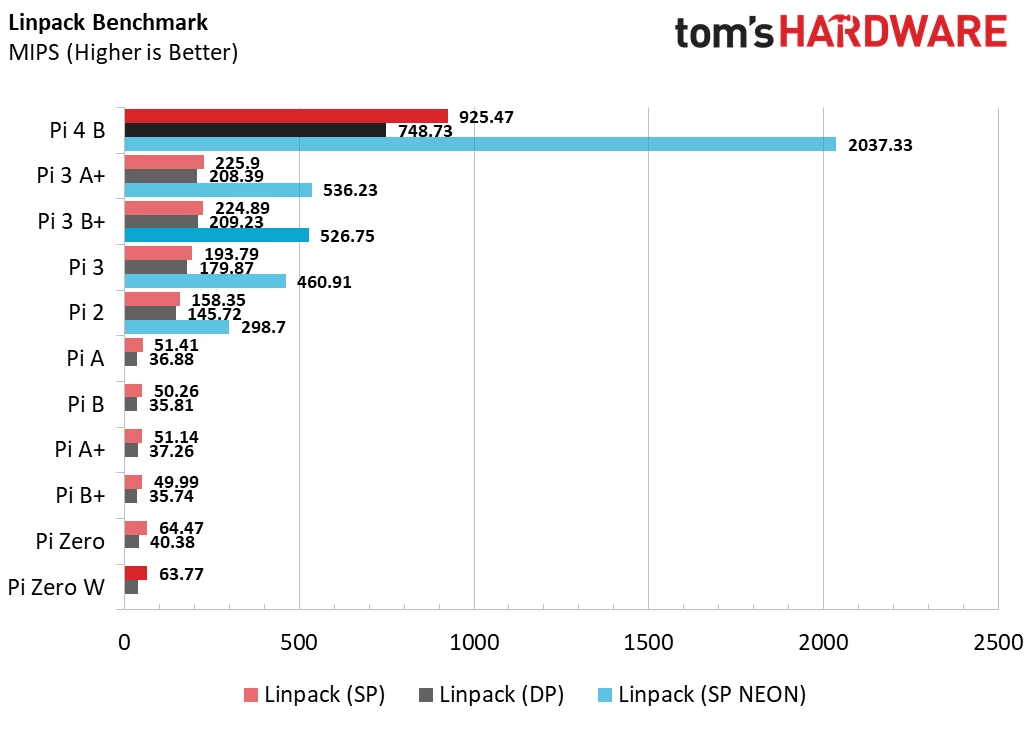
Pi 4 B Benchmarck. © Tom’s Hardware.
⇨ Raspberry Pi Blog, “Raspberry Pi 4 on sale now from $35.”
⇨ Raspberry Pi Blog, “Buster – the new version of Raspbian.”
⇨ Raspberry Pi Foundation, “Raspberry Pi 4.”
⇨ Tom’s Hardware, “Raspberry Pi 4 review: the new gold standard for single-board computing.”
AI versus shoplifters at Walmart
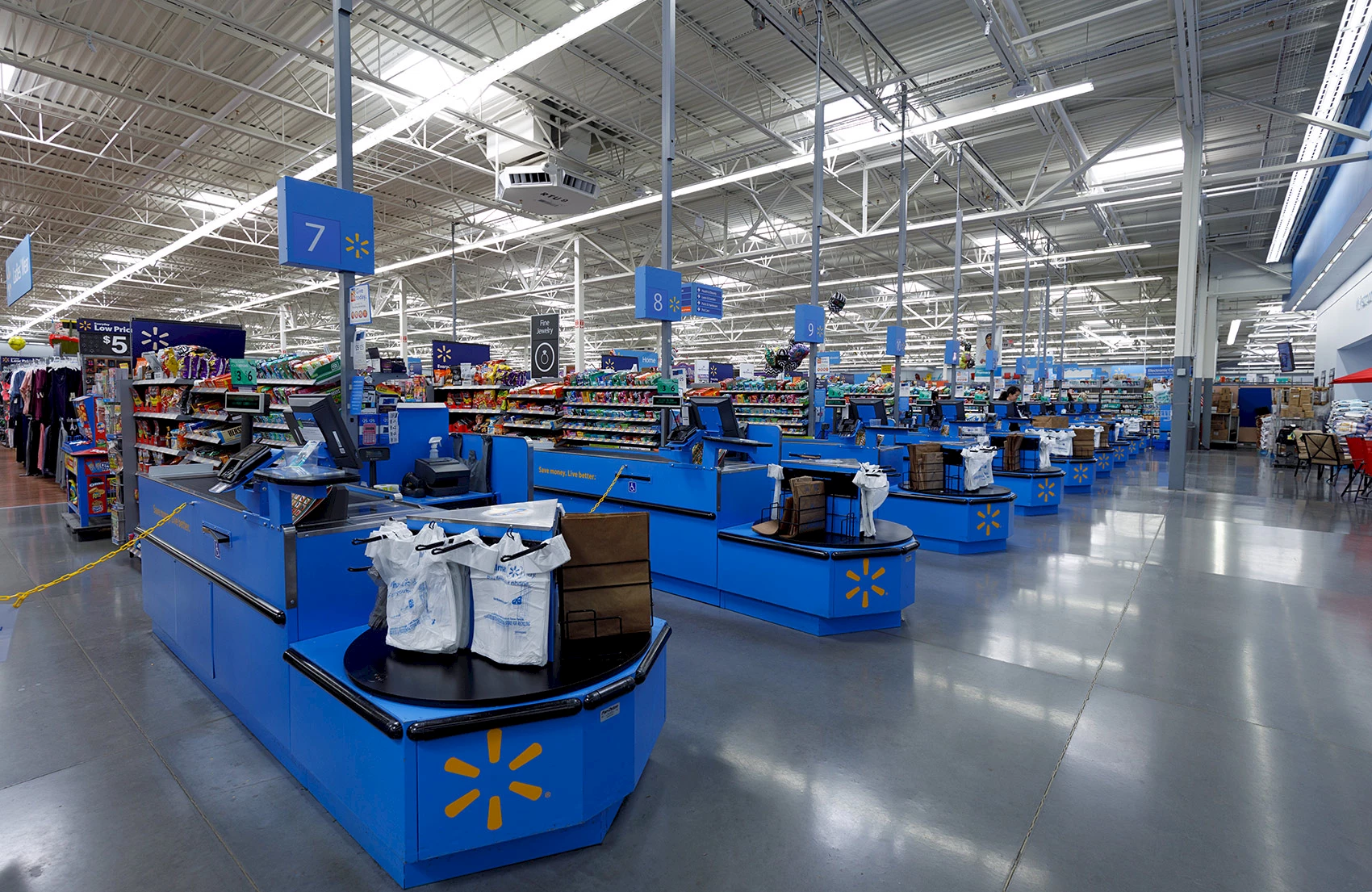
Walmart store. Portland, Oregon, USA. © iStock.
Walmart has confirmed it is using image recognition and AI technologies in over 1,000 stores to fight shoplifting, and checkout errors. The surveillance program, named “Missed Scan Detection” by Walmart, uses cameras to identify items that clients “forget” to scan at the self-checkout, as well as items that may be incorrectly scanned by human cashiers. When the system detects a problem, it alerts dedicated staff that can step in. To achieve this, Walmart used a technology developed by Irish company Everseen, among others.
According to the National Retail Federation (NRF), American retailers lost 1.33% of their revenues in 2017 due to shoplifting, fraud or human error, for an estimated total of 47 billion dollars. For Walmart, whose sales in 2018 were 514.4 billion, the losses could be as high as 6.8 billion dollars (4 billion for Walmart US alone), making the investment in this technology most cost-effective.
Everseen vid.
⇨ Mashable, “Walmart's using AI cameras to catch thieves.”
Hidden selfie camera
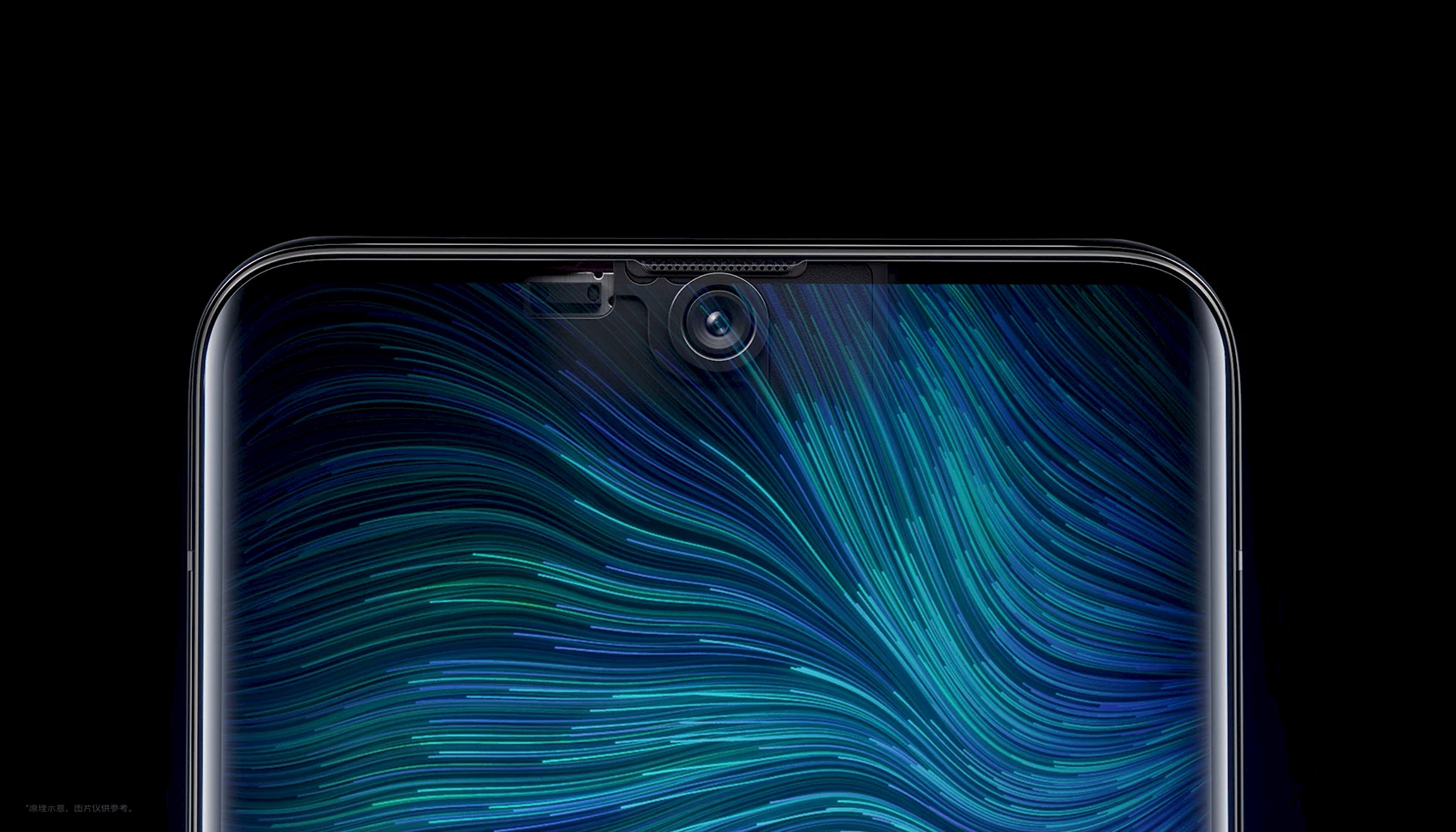
© Oppo Mobile Telecommunications Corp.
At the Mobile World Congress in Shanghai, Chinese builder Oppo unveiled the first-ever phone to have a camera hidden under the screen. Gone is the intrusive notch, thanks to a transparent area on the screen that still has pixels and touch sensitivity. Technologically speaking, Oppo used an oversized sensor and a wider aperture lens to get as much light as possible, combining it with a redesigned pixel structure; however, Oppo acknowledges that placing a screen in front of a camera does reduce image quality. Engadget Chinese agrees, saying there is indeed room for improvement in terms of clarity and color precision; furthermore, photos published by Engadget Chinese show that the camera area does remain visible in certain conditions, with fewer, more spaced-out pixels. While the technology is interesting, it doesn’t seem quite ready for market. No information was given on when we can expect an under-screen camera to reach mass-production – all that Oppo would say is that it would be “in the near future”.
⇨ Engadget Chinese, “Oppo 的螢幕下自拍相機技術正式公開.”
⇨ The Verge, “Oppo unveils the world’s first under-screen selfie camera.”
Apple purchases Drive.ai
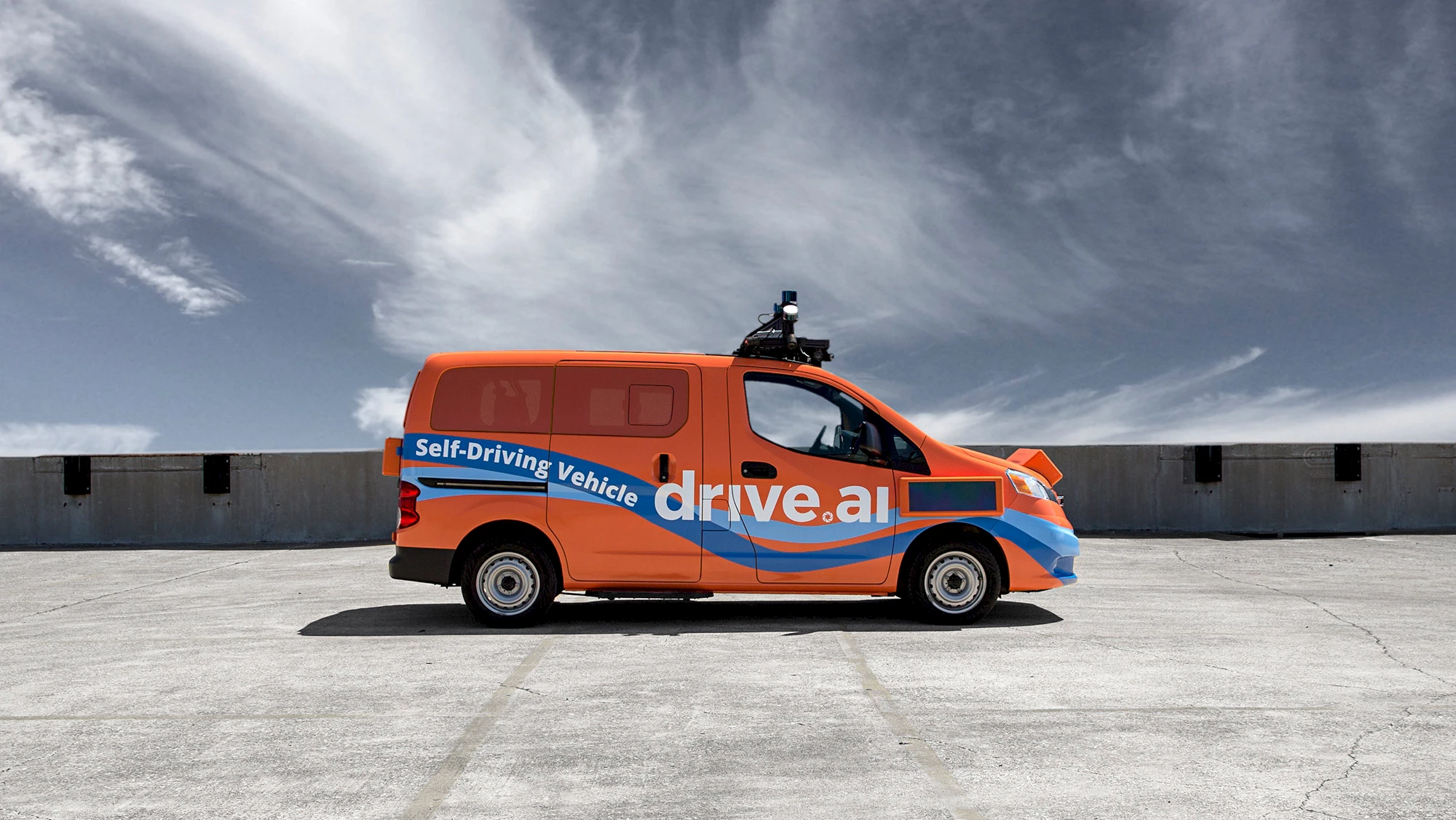
Self driving vehicule. © Drive.ai.
You would have thought that Apple had given up on autonomous driving, especially after last January when it laid off 200 staff working on the secretive Project Titan. Nothing is further from the truth: in fact, the company bought Drive.ai, a Mountain View-based autonomous driving startup, valued at 200 million dollars in 2017. Drive.ai differentiated itself by developing kits to turn regular vehicles into autonomous ones. Since this purchase, for an undisclosed amount, Drive.ai ceased operations and Apple has hired dozens of its engineers and designers, while 90 other employees were laid off, according to the San Francisco Chronicle. Apple has always been tight-lipped about its vehicle division, and no-one ever knows exactly what it is working on. If you dream of one day owning an iCar with a fetching apple above the grille, you’ll have to be patient at best… or keep dreaming at worst.
⇨ Axios, “Apple acquires self-driving startup Drive.ai.”
Bill’s biggest bungle
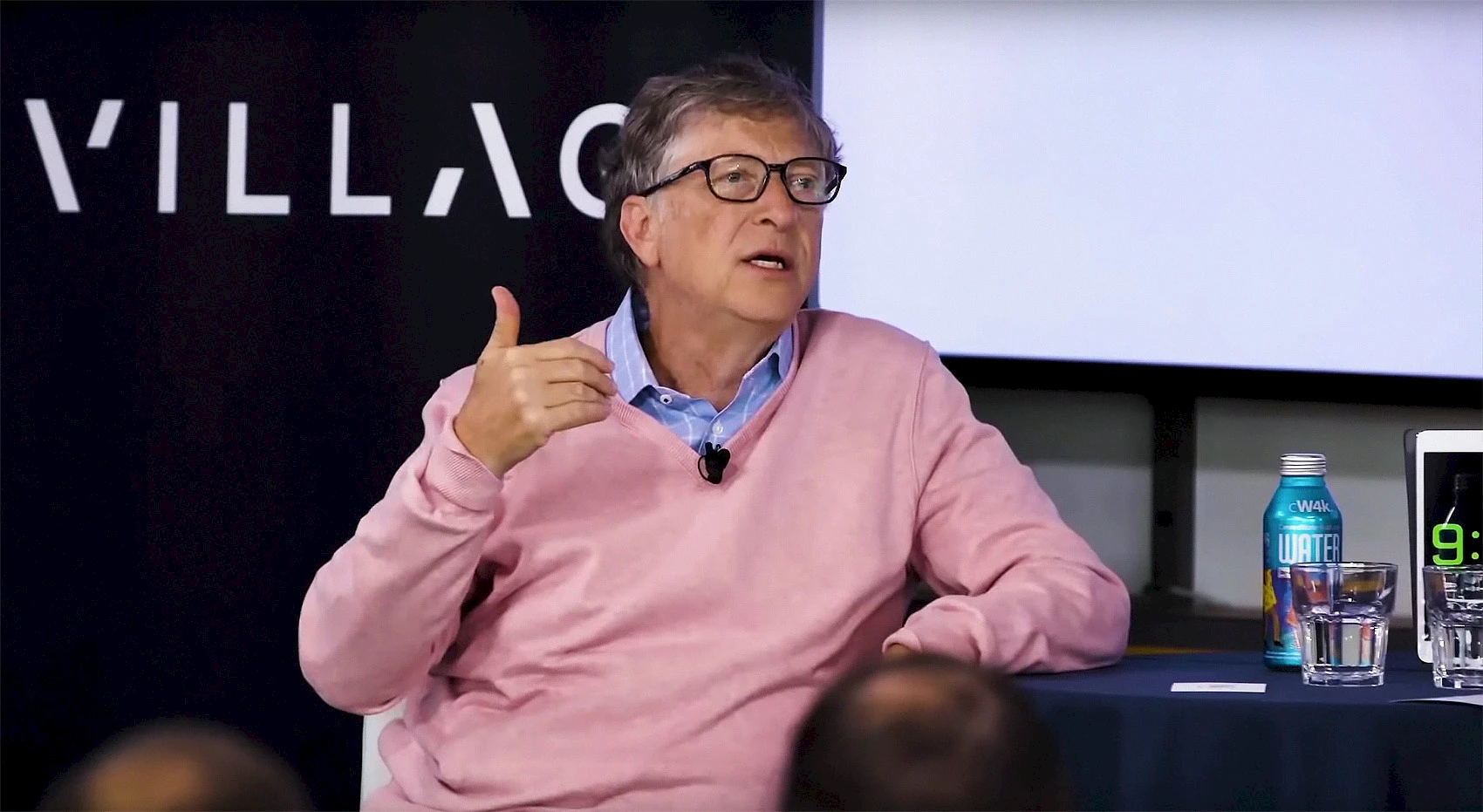
Bill Gates. © Village Global.
During an interview organised by venture capital firm Village Global, Bill Gates said that his greatest regret was failing to lead Microsoft in the smartphone race, leaving the field wide open for Google. Gates took full responsibility for the failure. Microsoft was slow to recognize the dawning of the smartphone era, failing to take an early lead. When Windows Phone finally launched at the end of 2010, it was too little, too late: Google already led the pack, closely followed by Apple. How much did this mistake cost Microsoft? Some 400 billion dollars, says Bill Gates. An amount that coulda shoulda been transferred from “company G” to “company M”. An amount that spells the difference between being “a leading company” and “the leading company”.
⇨ Ars Technica, “Bill Gates calls failure to fight Android his ‘greatest mistake’.”
